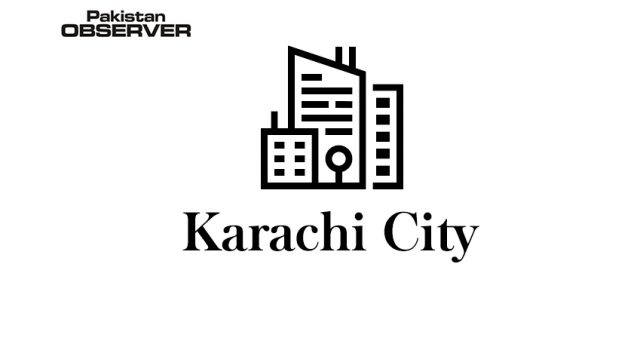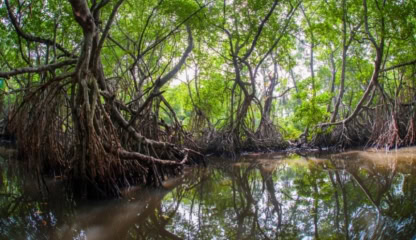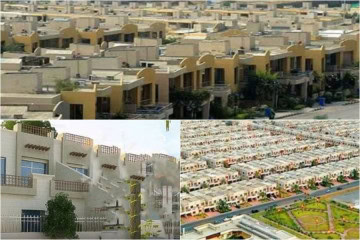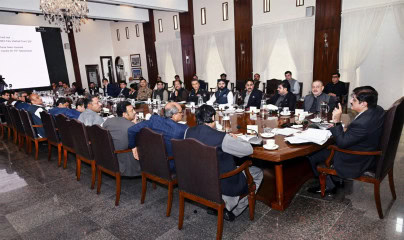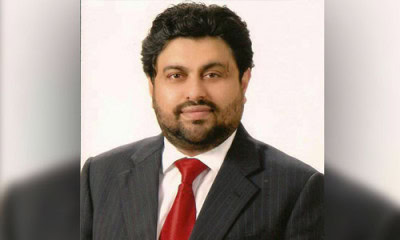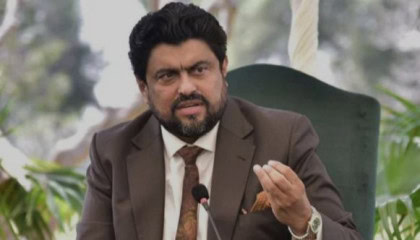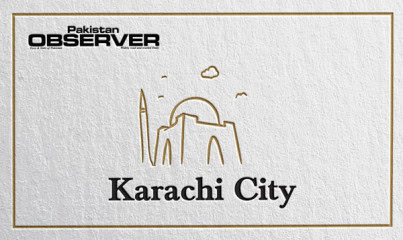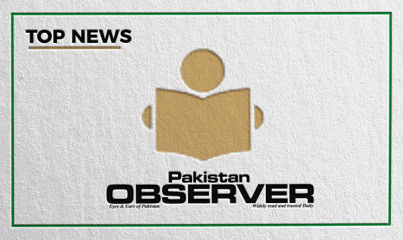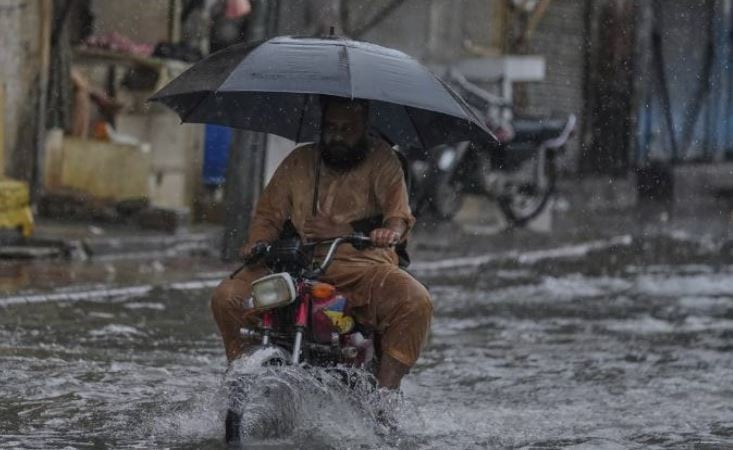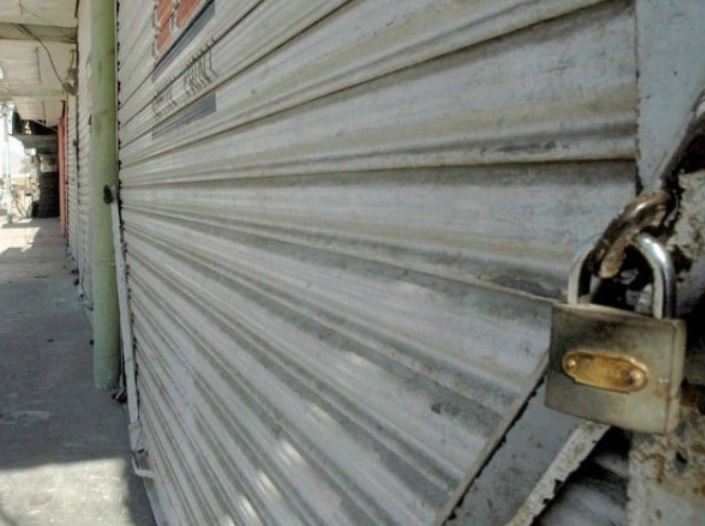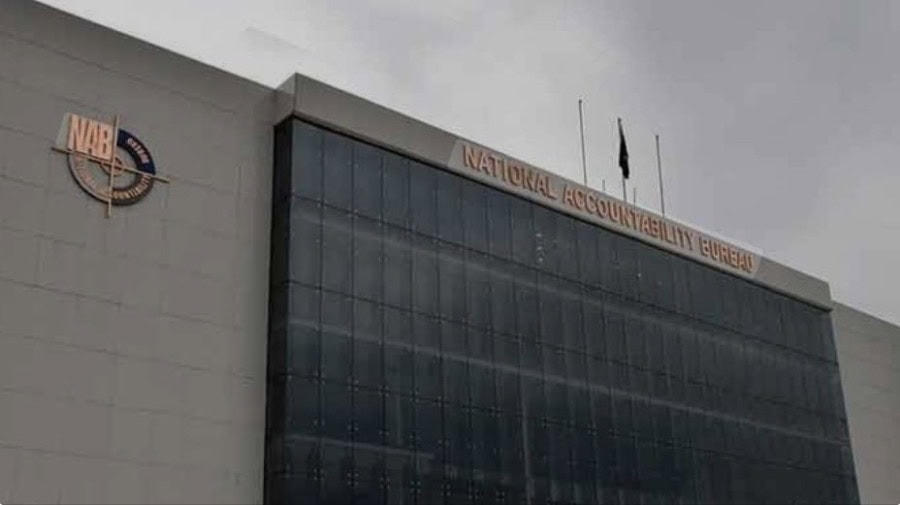With early summer mercury soaring up to 37 degrees Celsius, and amid holy month of Ramazan hundreds and thousands of Karachi residents have once again been forced to rely on expensive water tanker services as taps across the city start running dry. Although the decrease in commercial and industrial use of water during the extended lockdown may have alleviated issues in a few residential areas of the city, the majority of Karachi continues to toil with a growing water crisis, owing to the water board’s weak distribution system and leaky pipelines. A Karachi Water and Sewerage Board (KWSB) engineer has said, “The biggest reason for the crisis is that the city is not being supplied with water in accordance to its massive population. The population of Karachi has reached 25 million according to which the city needs over 1,200 million gallons a day (MGD) of water, yet the combined supply from the Indus River and Hub Dam is only 550 MGD. In addition to that, water is also lost due to leakage and theft from illegal connections, further reducing the supply to just 420 MGD,” the engineer explained. The water supply in different blocks of Gulistan-e-Jauhar, Gulshan-e-Iqbal, North Nazimabad and Gulberg has improved during the lockdown, while some improvements have also been made in Baldia Town and Orangi Town. In addition to that, water pressure has also improved in other areas, but those living at the tail end of the supply lines continue to suffer. Similarly, areas with faulty supply lines or those where the valve operation system is non-existent, such as some blocks of Gulshan-e-Iqbal, North Karachi and several sectors of New Karachi, are also suffering from a growing water crisis.
